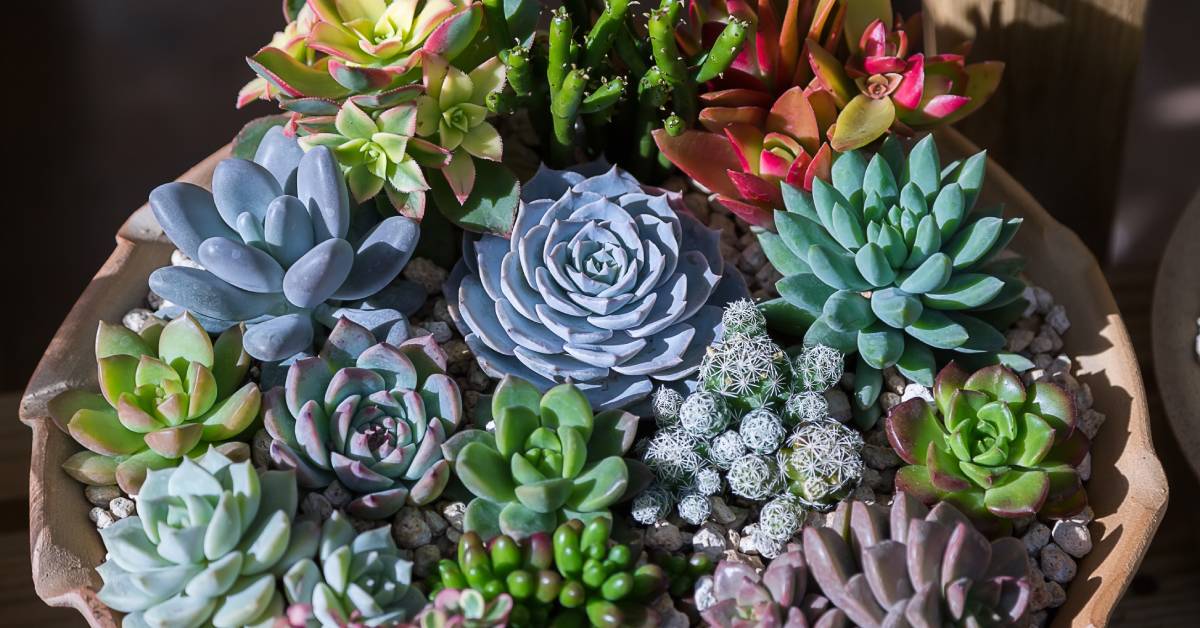Reasons To Create a Drought-Resistant Garden

Creating a drought-resistant garden is more than just a trend; it’s a sustainable approach to gardening that benefits both you and the environment. A drought-resistant garden will thrive with minimal water, making it an excellent choice for areas prone to dry spells or water restrictions. Explore these reasons for creating a drought-resistant garden and how to do it.
Introduction to Drought-Resistant Gardening
A drought-resistant garden uses plants and landscaping techniques that require little to no irrigation. This type of garden is eco-friendly and easier to maintain compared to traditional gardens. Your garden can flourish even during dry periods when you select the right plants and employ efficient watering methods.
Benefits of Drought-Resistant Gardening
One of the primary benefits of drought-resistant gardening is water conservation. With water becoming an increasingly precious resource, reducing your garden’s water consumption can make a significant difference. Additionally, these gardens require less maintenance, saving you time and effort. You’ll spend less time watering, fertilizing, and weeding, giving you more time to enjoy your garden.
Another advantage is the resilience of drought-tolerant plants. These plants are often hardy and can withstand harsh conditions, reducing the likelihood of plant loss. Plus, by choosing native plants that can handle your local climate, you support local biodiversity and create a habitat for beneficial insects and birds.
Practical Tips for Creating a Drought-Resistant Garden
Start by selecting naturally drought-tolerant plants. Succulents, lavender, and certain grasses are excellent choices. Group plants with similar water needs together to ensure efficient watering. Prepare your soil by adding organic matter to improve its water-holding capacity. Mulching is another essential step, as it helps to retain moisture and keep the soil cool.
When it comes to watering, practice deep watering techniques. Water your plants less frequently but more thoroughly, encouraging deep root growth. Installing a drip irrigation system can also deliver water directly to the plant roots, minimizing waste.
Caring for your drought-tolerant garden involves regular but minimal maintenance. Remove weeds that compete for water and periodically check your irrigation system for leaks.
Creating a drought-resistant garden is a rewarding endeavor that contributes to water conservation and reduces your gardening workload. Following the tips outlined above, you can transform your garden into a sustainable, beautiful space that thrives even in dry conditions. Ready to take the first step? Start by researching drought-tolerant plants suitable for your area and begin planning your new garden design. Your future, water-wise garden awaits!





